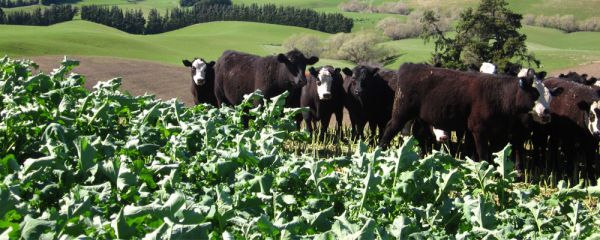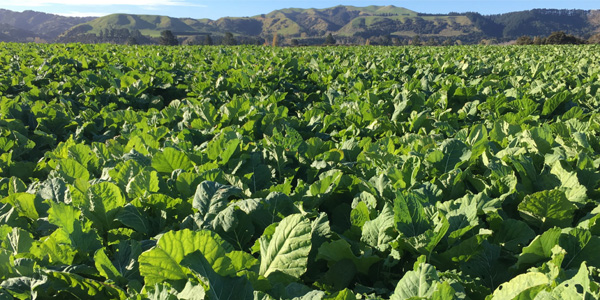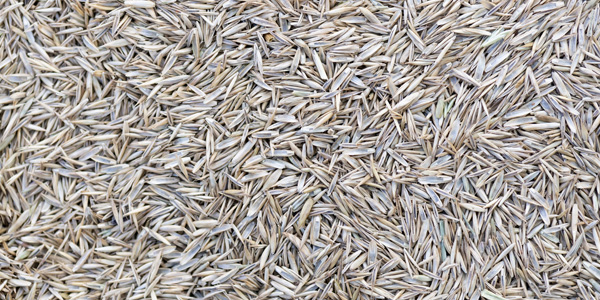
Brassica Planting
Brassica Planting
Conventional cultivation
Conventional cultivation
Conventional cultivation is generally the most reliable way of eliminating weeds and establishing brassicas. Best practice is the broadcasting of fertiliser prior to planting. For a minimal pass operation, pull hoses out of coulters and drop fertiliser in a surface band, with incorporation by light harrowing and rolling.
Precision planting
Precision planting requires pelleted seed with a built-up seed coating that allows for accurate placement of the seed and consistent spacing. In terms of forage brassicas, swedes can benefit from this. Consistency of plant spacing within a row leads to the crops ability to produce larger, more uniform bulbs, giving the potential for improved yields. With precision planting, there is a need for a well-prepared fine, firm seedbed as it is important to ensure high field emergence of the planted seed. Weed control is essential in the beginning as the sowing rate leaves a lot more space due to the very low plant numbers associated with precision sown pelleted swedes.
Direct-drilling
Direct-drilling is suitable if spray control of weeds is successful and fertiliser applications are considered carefully. For detailed information on no-tillage and direct-drilling refer to “Successful No-Tillage in Crop and Pasture Establishment”, Ritchie et al. (2000). Nitrogen (N) applications are a key component of successful establishment from direct-drilling. Under notillage regimes, crop residues are broken down by microbial activity (not burning, oxidation or mineralisation as in tillage systems) that temporarily locks up nitrogen. Therefore, N will not be available at the time of the brassica establishment and hence this delay in N availability needs to be compensated for at sowing time.
Ridging
Ridging effectively provides a raised seedbed for establishment away from excess moisture. It is best suited to use in wetter climates.
Broadcasting
Broadcasting (the scattering of seed onto a worked seedbed) can be successful, but a higher sowing rate and subsequent light harrowing and rolling is recommended.
Fertiliser guidelines for brassicas
Typically, less productive pastures are sown out into brassicas, often meaning they are established into less than optimum conditions. Brassicas tend to differ from other crops in certain aspects of their fertiliser requirements. Brassica yields are sensitive to nitrogen and phosphorus status. In addition, boron deficiency may impact on plant health, especially in the bulb brassicas. The seed is particularly prone to germination injury if soluble fertiliser or boron is placed too near the seed. Inappropriate levels of certain nutrients can induce animal disorders e.g. the sulphur compound S-Methyl Cysteine Sulphoxide (SMCO).
Phosphorus (P)
Early purpling, stunted and erect leaves are an indicator of P deficiency (this can also be induced by cool weather, so herbage testing is the best form of identification).
In many cases farmers do not see brassica crops reach their full potential because P levels are limiting growth. Ideally P status should be 20+. Low inputs (20-30 kg P/ha) are only suitable for high fertility soils or where crop yield is not important. Most crops will benefit from rates of 40-50 kg P/ha, and swedes at a higher rate of 60-70 kg P/ha. DAP is a good way to provide P to brassicas. The opportunity for lifting of P status should also be considered at this time.
Sulphur (S)
Sulphur deficiency is characterised by stunted, pale or yellowed growth (particularly the young growth) and leaf curling and distortion. It is not necessary to use sulphur on brassicas unless S levels are low (2-3 mg/kg).
For specific fertiliser recommendations please contact your local fertiliser representative or contact your local Agricom Territory Sales Manager.

See our Brassica range
VIEW PRODUCTS



